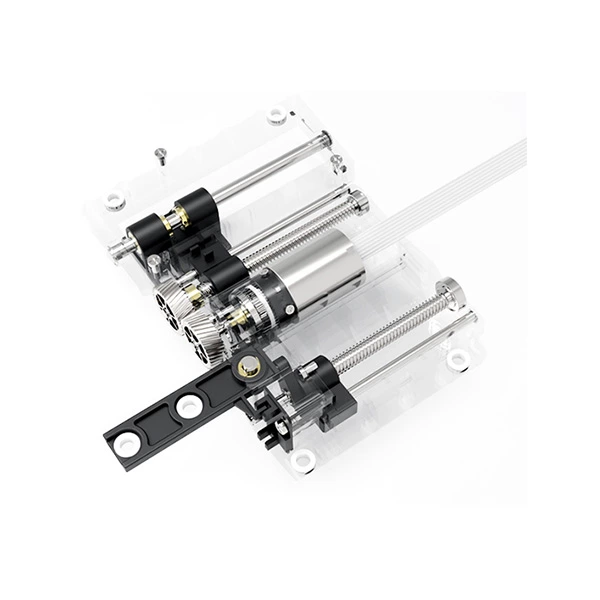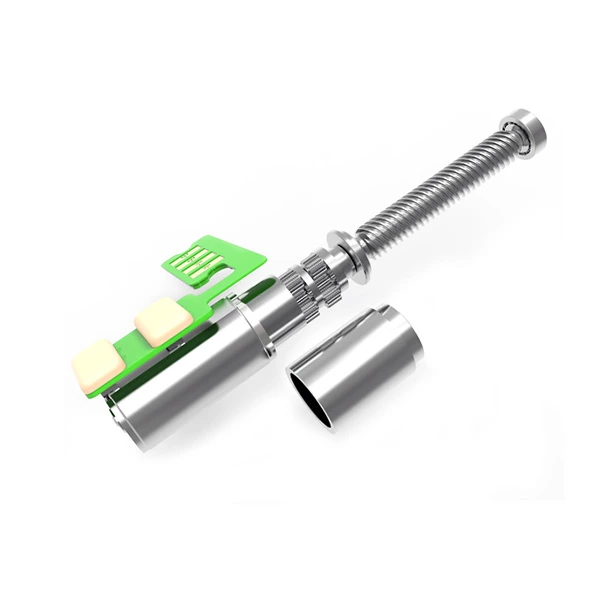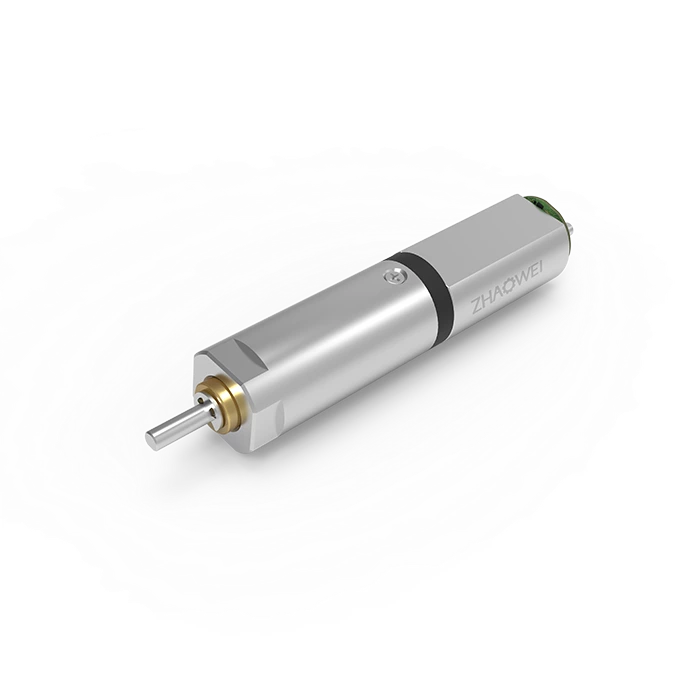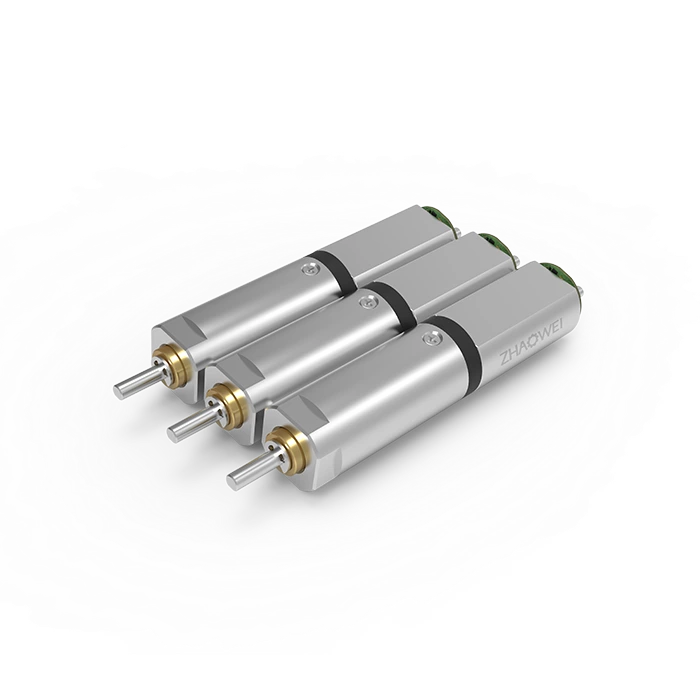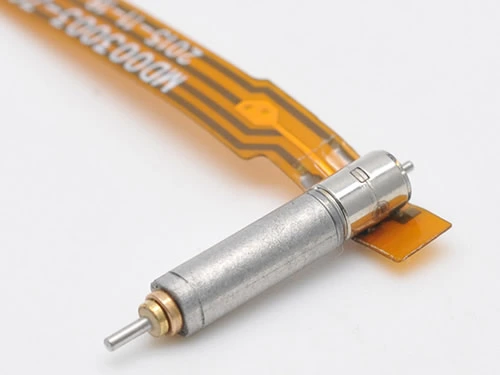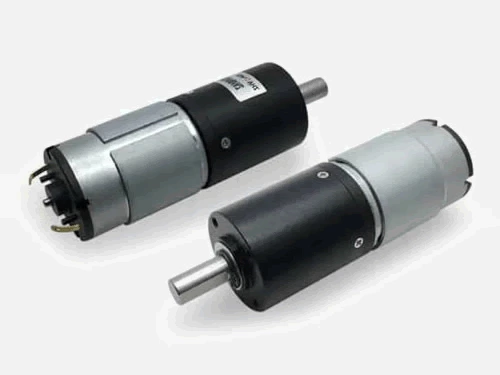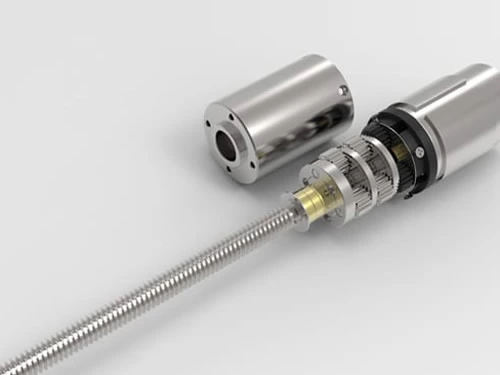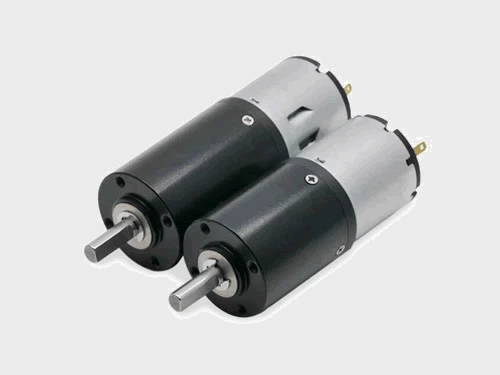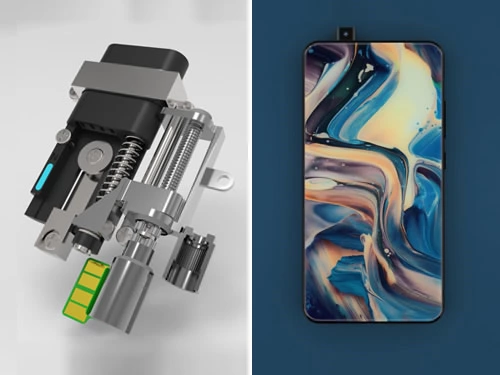Failure Analysis of Gearbox
1. Characteristic frequency analysis of gearbox
The characteristic frequency of the gearbox primarily comprises the shaft frequency, meshing frequency of the gear, frequency of the inner and outer rings, rolling elements, and cage of the bearing, all of which are combined with the harmonic frequency and side frequency to serve a the basis for the fault judgment of the gearbox. The main reasons for gear vibration failure are as follows:
1) Faults due to gear manufacturing and installation errors. Errors in the gear manufacturing process or assembly process decrease the gear meshing accuracy, resulting in increased gear vibration and noise, thereby increasing the failure rate of the gear. These faults are shown as changes in the meshing frequency and the amplitude of each harmonic on the frequency.
2) Faults due to the gear’s inherent movement (or operating environment). During the gear meshing process, the continuous impact between the tooth causes the gear to vibrate and produce noise, shown as the meshing frequency of the gear.
3) Gear surface damage failure, tooth surface wear. Owing to tooth surface peeling, strain, and other defects, every time the gear rotates, the rings collide with each other once, resulting in a noticeable impact phenomenon. Each impact is equivalent to an impulse excitation. The impulse response function is the gear’s inherent attenuated vibration, which constitutes a periodic higher-frequency shock vibration signal. The cycle period implies the rotation period of the shaft, while the attenuated vibration frequency denotes the natural frequency of the gear. Meshing vibration occurs during the gear meshing process if the backlash increases or the gear is worn. The vibration frequency denotes the gear meshing frequency. For example, when a defect occurs at a specific point, such as pitting, tooth chipping, and short-term loading, unloading effects are generated during the gear meshing process, as well as amplitude adjustment and frequency adjustment signals are generated, which are expressed in the frequency domain where the meshing frequency is the center. The shaft’s rotation frequency is the spacing group of spectral lines, that is, the sideband.
4) The shaft is bent. When the rotating shaft is severely bent, notable shock vibrations usually occur at a specific time interval in the time domain, and the number of sidebands is large and dense.
5) The gear is dynamically unbalanced and has an unbalanced mass, or an eccentric gear causes unstable operation of the gear pair during the rotation process. Under the excitation of the unbalanced torque, a vibration dominated by frequency modulation and supplemented by amplitude modulation is generated. Sidebands are generated on both sides of the meshing frequency and its harmonics, which are influenced by the unbalanced force, and the gear shaft’s rotation frequency and the energy of its harmonics increases accordingly.
6) The interior of the gearbox is loose, and a sudden random violent sound occurs during the acceleration and deceleration at a low speed, which appears as a sudden and large intermittent rise on the time domain diagram, which has large randomness.
2.Analysis of the reasons for gearbox failure:
Manufacturing quality defects cause broken teeth of the gearbox.
1) One of the causes of gearbox failure—teeth breakage—is manufacturing quality. Failure to select suitable steel, poor casting quality of gears, low quenching hardness, inadequate gear hardness, deficient spheroidization, and fatigue due to alternating stress during use account for gearbox failure.
2) The gear meshing accuracy exerts slight impact on broken teeth. Although the gear meshing accuracy exerts a certain degree of impact on broken teeth, it is not significant. Owing to inadequate gear meshing accuracy, the contact surface of the gear is also insufficient. Then, the contact stress increases, and the load is uneven. However, this is not the primary reason for the broken teeth.
Another reason for broken teeth is that the load is too heavy, the tooth root is defective, and the bending strength of the tooth is not enough. (The main factors affecting the bending strength are the load force acting on the gear teeth and the defect degree of the tooth root. The poor meshing accuracy of gears will not change the load force on the gear teeth and the defect degree of the tooth root, but only increase the contact stress of the gear teeth).
In addition to the poor manufacturing quality of the reducer, there are also some problems that may cause gear wear, such as the lack of oil in the reducer and the use of semi-fluid lubricating fluid.
The manufacturing quality factors of abnormal wear include:
① Gear materials do not meet the requirements, causing abnormal wear;
② The gear has defects such as blisters, pores and looseness, and insufficient spheroidization;
③ Insufficient heat treatment hardness or no heat treatment;
④ Gear meshing accuracy and motion accuracy cannot meet the requirements;
⑤ The arc gear is very sensitive to the error of the center distance, especially the positive error of the center distance, which not only reduces the bending strength of the gear teeth but also increases the sliding wear.
3. Common failure analysis of gearbox
(1). What are the reasons for the pitting and peeling of the gear of the gearbox?
a.Material, hardness, and defects. The gear material does not fulfill the requirements. The primary factor that affects the contact fatigue strength of the gear is the low hardness after heat treatment and the inability to reach the contact fatigue strength of the gear. In addition, defects on the tooth surface or inside are one of the reasons for the inadequate contact fatigue strength.
b. Poor gear accuracy. Gear processing and assembly accuracy do not fulfill the requirements, such as meshing accuracy and poor movement accuracy. In addition, the center distance error of the arc gear is too large.
c. Lubricating oil does not fulfill the requirements. The lubricant used is of the wrong brand, low oil viscosity, and poor lubrication performance.
d. Too high oil level. If the oil level is too high, the oil temperature increases, which decreases the viscosity of the lubricating oil, destroys the lubricating performance, and reduces the working thickness of the oil film.
(2). A brief analysis of the reasons for one of the signs of gearbox failure: the shaft stringing of the gearbox
a.Owing to the broken teeth, the input shaft loses its axial restraint and the shaft stringing occurs.
b. The driven gear on the intermediate shaft is not tightly fastened to the shaft. In actual transmission, owing to inadequate interference between the driven gear and the intermediate shaft, the driven gear produces axial endplay relative to the intermediate shaft, which, in turn, causes the input shaft to produce axial endplay. Thus, inadequate interference is the primary reason for the shaft stringing of the gearbox.
c. The steering of the gearbox also exerts a certain impact on the shaft stringing.
(3). A brief analysis of the reasons for one of gearbox failure symptoms: the high oil temperature of the gearbox
a.The lubricating oil is wrong or has been used far too long.
b.Excessive lubricating oil is not conducive to the heat dissipation of the gearbox mechanism.
c.The machine is damaged. Mechanical damage comprises severe pitting of gears, broken teeth, damage to bearing cages, inner and outer rings, balls, and gearbox bearing failure, or severe shaft deformation.
d. The outside of the gearbox is covered by debris or dust. When debris is present around the gearbox or the body surface has not been cleaned for a long time, it is possible that the cover of debris or dust could cause the gear reducer to dissipate incompletely and increase the oil temperature.
e. The cooling device is blocked or fails. The cooling device is placed in a dusty workshop like the gearbox. If the cooling device is blocked or the cooling device is broken because of long-term operation without cleaning the internal pipeline, the oil temperature of the gearbox increases.







